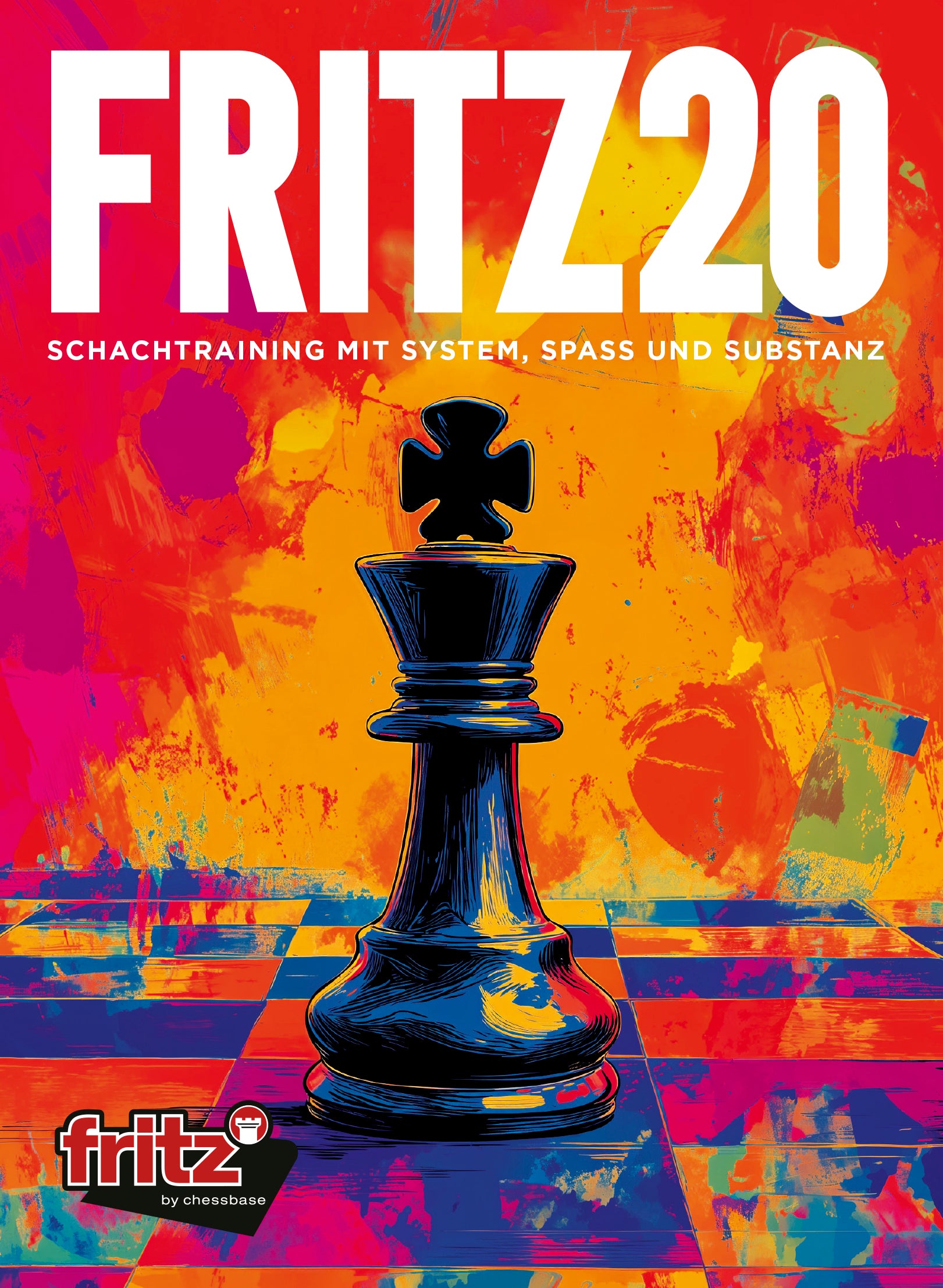There is currently an incredible chess boom in India. The country is producing more and more strong players and grandmasters. With Vidit, Praggnanandhaa and Gukesh, three Indian players will be taking part in the Candidates Tournament in April this year, and two women will be taking part (Humpy and Vaishali).
There is also an incredible level of quality across the board. On March 1, 2024, FIDE had to adjust the Elo rating system because the many underrated young Indians had messed up the rating structure.
It is no coincidence that 8-year-old Ashwath Kaushik , who a few weeks ago became the youngest player in the world to defeat a grandmaster, is also an Indian citizen. However, he moved to Singapore with his family seven years ago and competes internationally for the Singaporean association. (Source: AsiaOne ).

Ashwath Kaushik (Photo: David Llada)
But what are the actual causes of the Indian chess boom? Here are the most important reasons:
1. Vishy Anand
The now 54-year-old became the first Indian grandmaster in 1988. He started a "one man revolution" and was the original trigger for the chess boom. In his wake, many other players matured and training centers were founded. The five-time world champion is still a role model for Indian children today. The fact that he has not retired but is still active is a blessing for Indian chess.
2. The All India Chess Federation (AICF)
The Indian Chess Federation is considered to be very active. Evidently equipped with sufficient financial resources, the association regularly runs training camps for its talents and organizes numerous tournaments.
3. Excellent trainers
Good trainers produce good players. There are private chess academies in various parts of India that are very successful. One example is the Velammal Educational Trust, which has produced no fewer than nine grandmasters, including Praggnanandhaa and Gukesh.
The most famous Indian trainer, RB Ramesh, is even called the "Pep Guardiola of chess". In his book "Improve your chess calculation" he explains some of his theories and practical exercises:
4. A secure basic salary
German talents usually have to first complete their high school diploma and then possibly study to be on the safe side in terms of earning a living. In India, on the other hand, selected players are given jobs at a state-owned company in the public sector. There they are formally employed and receive a regular salary, but do not have to perform any work. This means they can concentrate fully on chess.
5. ChessBase India
Sagar Shah is probably the most productive chess journalist in the world. Together with his wife Amruta Mokal, he travels the world and reports on chess tournaments with Indian participation, most recently at the Freestyle Chess in Weissenhaus. The YouTube channel ChessBase India has 1.49 million subscribers. Shah's videos inspire many young people in India to take up a career in chess. Shah has negotiated special prices for ChessBase software for Indian players (pictured, for example, ChessBase 17):
6. The new generation
Back in 2019, RB Ramesh said in a video that the chess boom is also driven by the new generation. Young Indians see the successes of players like Sarin, Praggnanandhaa and Erigaisi and emulate them. This causes a kind of snowball effect.
7. Indian work ethic and performance culture
Indian chess talents are said to be particularly hardworking. While the German work ethic was once admired in India, it can be observed that some Indian players spend a lot more time working on their game. This is coupled with a culture that rewards performance, i.e. good performances are showcased and arouse the ambition of imitators (see article image).
8. The comedian Samay Raina
Samay Raina is an Indian stand-up comedian and YouTuber with an enormous reach. During the Corona pandemic, he started streaming chess games on his channel. His first prominent guest was the YouTuber Agadmator. Shortly afterwards, he also invited the Indian GM Vidit Gujrathi to his channel, later also Judit Polgar, Anand and even Carlsen. With his shows, Samay contributed significantly to the popularization of chess in India.

Image: https://commons.wikimedia.org/w/index.php?curid=94955647
Conclusion and outlook
Indian chess is headed for a golden age. But it remains to be seen whether the Indians will really dominate the chess scene like Russia once did. Thanks to globalization and widespread access to training resources, every talented player in the world now has a good chance of reaching the top.












